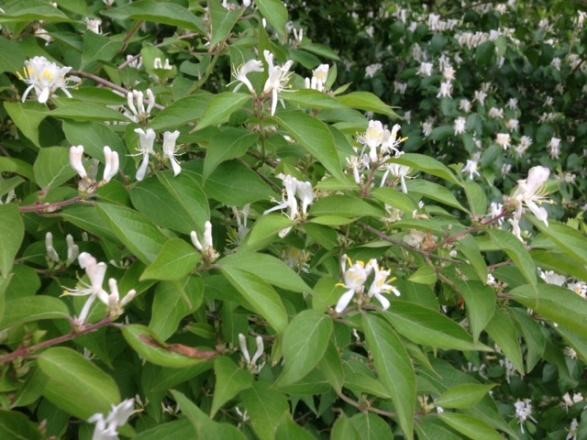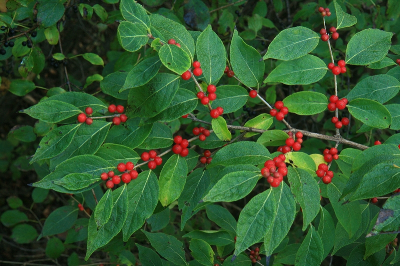Recent weeks have given us more rain than usual, and
unfortunately, just about any time we see excessive periods of rain, we
see an increase in disease problems. Some problems are already showing
up, others are likely to follow. Quick action is the key to minimizing
problems that diseases bring with them. Here are a few tips to help you.
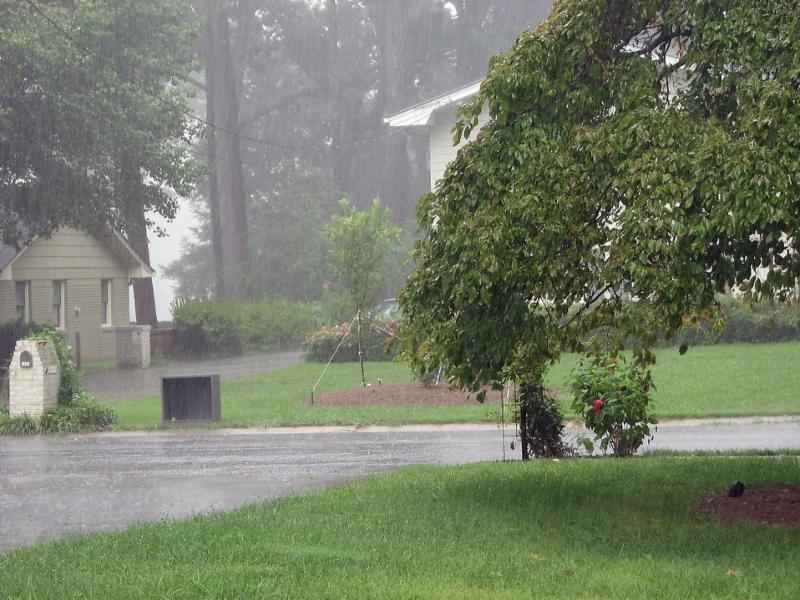
 Tomatoes -
One of the more common complaints about tomato plants is related to
leaf diseases. Early Blight and Septoria Leaf Spot are common in our
vegetable gardens and often end the tomato season prematurely.
Tomatoes -
One of the more common complaints about tomato plants is related to
leaf diseases. Early Blight and Septoria Leaf Spot are common in our
vegetable gardens and often end the tomato season prematurely.
Excessive moisture increases the occurrence of these diseases, so be prepared for some problems. Good disease control practices can help minimize disease problems.
Start by making sure you mulch around your tomato plants. Mulching
helps control the splashing of soil and the disease spores it contains
onto the lower leaves. We like to use wheat straw, pine straw or alfalfa
mulch. Preventive fungicides like Fertilome Broad Spectrum Fungicide
can also be used.
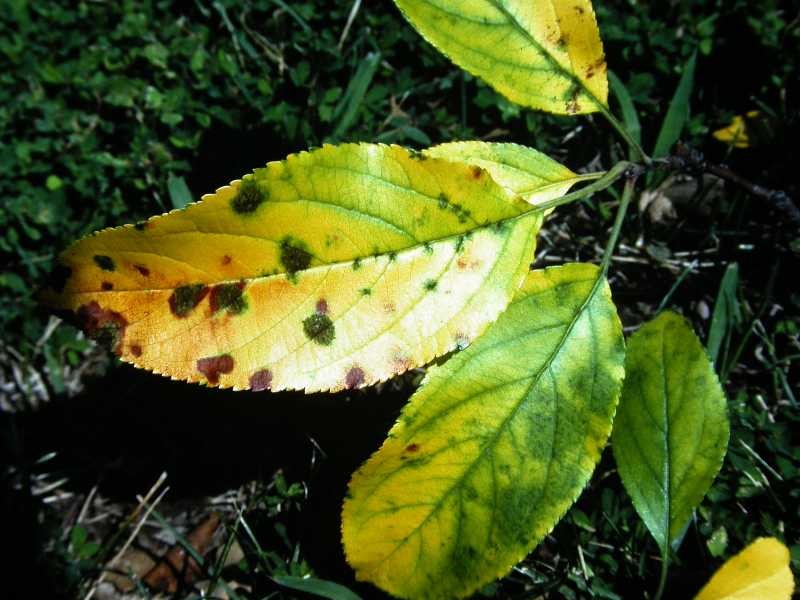 Fruit Trees -
If you have done a good job keeping your fruit trees sprayed for leaf
and fruit diseases already, don’t stop now! If you haven’t been applying
anything, you may need to get started. We have several good disease control products for fruit trees.
Keep in mind that not all products work on all fruit tree diseases, so
it is important to make sure you are applying the right products to
target the disease you’re are trying to control. Let us know what kind
of fruit trees you have and we will help you select the right product.
Fruit Trees -
If you have done a good job keeping your fruit trees sprayed for leaf
and fruit diseases already, don’t stop now! If you haven’t been applying
anything, you may need to get started. We have several good disease control products for fruit trees.
Keep in mind that not all products work on all fruit tree diseases, so
it is important to make sure you are applying the right products to
target the disease you’re are trying to control. Let us know what kind
of fruit trees you have and we will help you select the right product.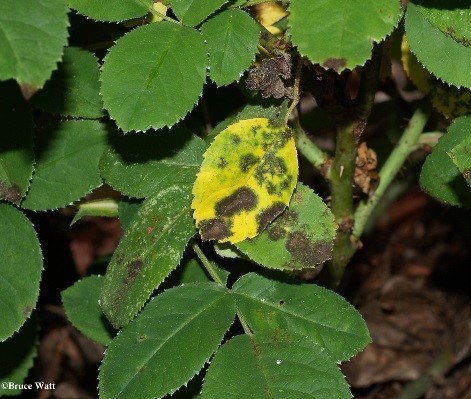 Roses - Black Spot and Powdery Mildew
samples are already being brought in by customers. To reduce your
chances of dealing with these diseases, start by planting your roses in
places that receive lots of sun and good air movement.
Roses - Black Spot and Powdery Mildew
samples are already being brought in by customers. To reduce your
chances of dealing with these diseases, start by planting your roses in
places that receive lots of sun and good air movement.
Planting rose varieties that are naturally resistant to these
diseases also helps. If you do find yourself dealing with these
problems, fungicides will be needed. We have two by Fertilome that we
use that provide good control, Liquid Systemic Fungicide and F-Stop.
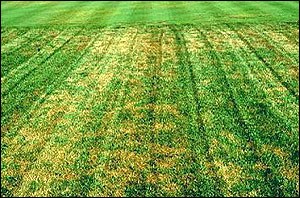 Lawns - Excessive moisture
this time of the year often leads into the development of Brown Patch, a
disease that creates irregular brown “patches” in tall fescue lawns and
in severe cases, kills out areas of turf.
Lawns - Excessive moisture
this time of the year often leads into the development of Brown Patch, a
disease that creates irregular brown “patches” in tall fescue lawns and
in severe cases, kills out areas of turf.
Warmer weather in the upcoming weeks will bring this one on.
Although it is very common, most infections will only result in visual
damage and eventually the lawn will recover. In years where the disease
pressure is higher or in yards that are more prone to disease,
prevention may be warranted. Use Fertilome F-Stop and start your
applications before the disease gets started. That will be fairly soon.
One other recommendation would be to avoiding excessive fertilizer this
time of year.
If you have questions about what you are seeing on your
plants, let us know. The quicker you identify problems and address them,
the less damaging they will be. Bring in samples or email us pictures.
We will do our best to get you the information you need and help you
make the best decisions possible. You can email pictures and your
questions to info@skinnergardenstore.com.

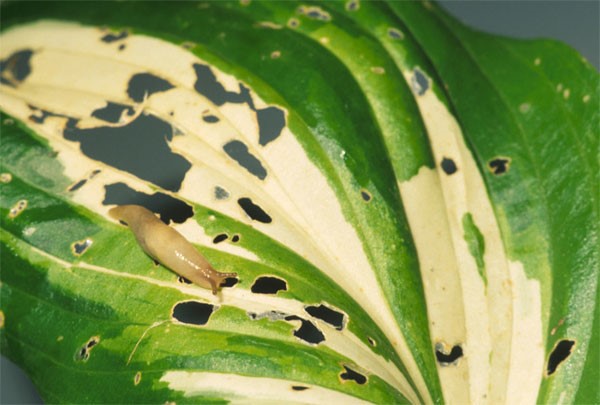
 Many homeowners find that all the great growth of spring also brings
along with it a noticeable growth of weeds in the lawn...weeds that
don’t look good and that are choking out the lawn.
Many homeowners find that all the great growth of spring also brings
along with it a noticeable growth of weeds in the lawn...weeds that
don’t look good and that are choking out the lawn.

